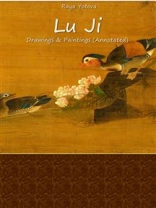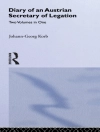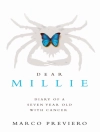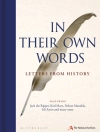Like many of the great Chinese artists, Lu Ji also copied paintings by ancient masters from the Tang and Sun, who had the opportunity to study in the Emperor’s collection.
He studied the art of imaging birds of his contemporaries, Bian Jinghao, and Lin Liang. The Flowers and Birds pictures created by Lu Ji can be divided into two categories – the first includes works performed in art style with a clean spiral of contour and shades. He learned this from Bian Jinghao. Liu Ji’s pain...
Like many of the great Chinese artists, Lu Ji also copied paintings by ancient masters from the Tang and Sun, who had the opportunity to study in the Emperor’s collection.
He studied the art of imaging birds of his contemporaries, Bian Jinghao, and Lin Liang. The Flowers and Birds pictures created by Lu Ji can be divided into two categories – the first includes works performed in art style with a clean spiral of contour and shades. He learned this from Bian Jinghao. Liu Ji’s paintings of this type also have a profound influence on the Southern Masters School, both in the general order of the composition and in the images of the rocks and trees in the background.
Gradually, he developed his style, which had a significant influence on the whole picture of the flower-bird genre, both among the courtier painters in the Courtyard of the Emperor, and among the artists outside the Court. This style is usually labeled as ‘academic, ‘ but there is nothing academic in it, more precisely, it can be defined as an art style accentuating the contour, or the ‘hands-free’ style used in monochrome works. Characteristic of this style is the image on silk of a white heron, eagle and falling lotus flowers. This way of displaying a scene with animals and plants was dating back to the time of the Chinese North School of Arts and artists like Cui Bo.
The genre of colorful birds as a whole in Chinese painting is full of hidden symbolism. In almost every section of images, there is a second, additional and symbolic meaning. For example, Lu Ji’s autumn herons in one of his paintings portray three herons, but the Chinese heron’s hieroglyph has a second meaning – ‘to think.’ The three herons depicted are an invitation to ‘think three times, ‘ to think of something with great care and depth.
Lu Gui is considered by art historians to be the most significant ‘flower-bird’ artist who can synthesize and summarize all the creative work of his predecessors. His work has influenced not only the paintings of Chinese Ming’s dynasty artists but also the work of Japanese artists.












